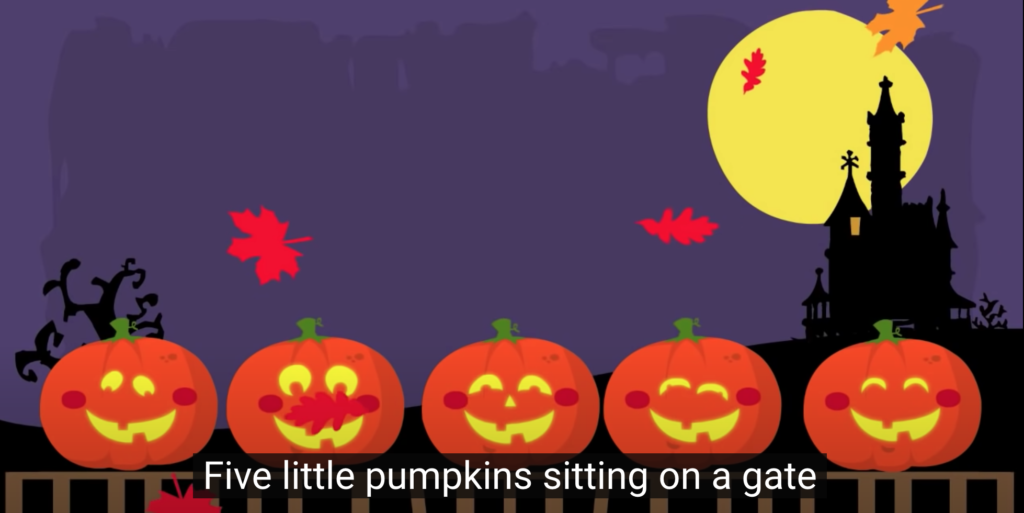You caught a beauty!!!
Download PDF of this scaffold here.
theory behind scaffold…
We’re going to address Number Sense.
Number sense in a Halloween activity?
Yup. It will make sense right away…
Students don’t develop number sense by accident or even as a side effect of engaging in informal activities such as puzzles or songs – even those that, on the surface appear to be related to math.
Experts insist that although every child can learn number sense, not every child will unless they intentionally and systematically participate in activities that promote the skill.
So…what is number sense?
Children with strong number sense think flexibly and fluently about numbers. They can:
- Visualize and talk comfortably about numbers. Number bonds are one tool to help them see the connections between numbers.
- Take numbers apart and put them back together in different ways — e.g. breaking the number five down several times (such as: 5+0=5; 4+1=5; 3+2=5; 2+3=5; 1+4=5; 0+5=5 and so on), which helps your children learn all the ways to make five.
- Compute mentally — solving problems in their heads instead of using a paper and pencil.
- Relate numbers to real-life problems by connecting them to their everyday world. For instance, asking how many apples they’ve picked at a farm. (“Andy picked 5 apples. Amanda picked 2. How many apples did they pick in all?”)
Number sense is so important for your young math learners because it promotes confidence and encourages flexible thinking. It allows your students to create a relationship with numbers and be able to talk about math as a language.
This scaffold gives students the opportunity to develop number sense through a Halloween song. We begin with the images from the video with numbers printed on small pieces of paper and then they match the numbers to the pumpkins talking.
We promote creativity by letting them anthropomorphise the pumpkins, giving each a name.
Afterwards, you play the video/song and they’ll be more involved in the what’s going on.
See how much fun you can have with your pumpkin friends!!!
step by step:
- Print out ………………………………….. (See template).
- Students match the …………………………………… in the image.
- They name each ………………………………….underneath each one.

- Play the song so that they connect ordinal numbers (‘first’, ‘second’, ‘third’…) with cardinal (1, 2, 3…)
- G……………………………… and then play the video again.
- Students can vote on t……………………… like the best.
find more scaffolds here…



Scaffoldingmagic.com is your entryway into DYNAMIC bilingual learning methodologies, such as Phenomenon-Based Learning, CLIL, EMI, and ESL. You’ll find ways to implement critical thinking tools (DOK) to promote higher level thinking, the growth mindset, instill an ethic of excellence, deep reflection on learning, and all through multi-cultural, interdisciplinary activities. We have the keys to turning competences into action and to creating collective efficacy in your school so you move ahead as a unified, enthusiastic team.



